Manga Month Interview: Hope Donovan
Mar 27, 2015
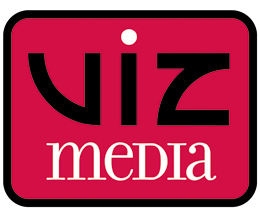 |
Hope Donovan is a longtime manga fan and a veteran of the American manga industry. Previous to her working at VIZ Media, she also worked with TokyoPop. At VIZ Media, Hope has worked on such series as Loveless, Toriko (Vol. 1 / JUN141532), World Trigger (Vol. 1 / AUG141753), Kimi ni Todoke and Sunny (Vol. 1 / MAR131353).
In honor of Manga Month in the April PREVIEWS, we reached out to Hope to talk about manga and her role in bringing these unique and popular comics to Western audiences each month as the Managing Editor at Viz Media.
*****************
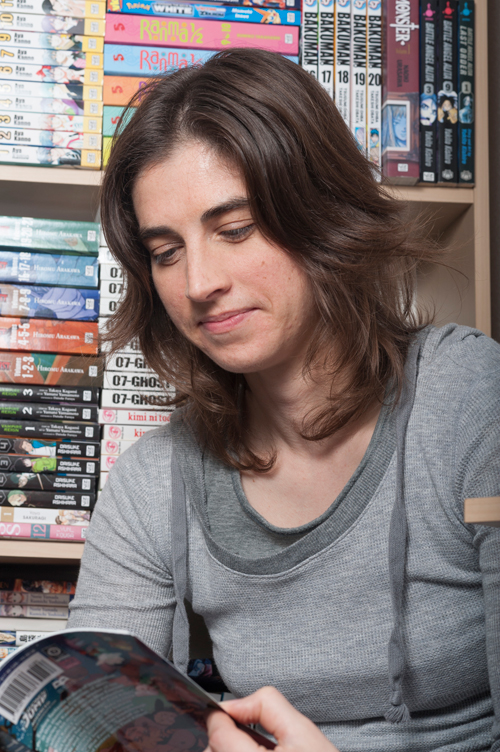 PREVIEWSworld: When looking at the world of comics as a whole, what do you feel stands out about manga?
PREVIEWSworld: When looking at the world of comics as a whole, what do you feel stands out about manga?
Hope Donovan: Manga doesn’t tell you what to feel, it makes you feel it. It does this through refined visual caricature, emotionally-charged backgrounds and sophisticated visual flow. When I say “visual shorthand”, I’m referring to the peculiar language of manga that includes anger marks and deformed faces. “Emotionally-charged backgrounds” refer to the speed lines and flowery patterns that create emotional atmospheres. Even if the backgrounds aren’t abstract, you’re likely to see panels that focus on, say, nothing but the corner of a room. In a western comic, the instinct is to realistically illustrate each moment of a conversation between two people, but in real life, you aren’t seeing you and the other person talking. You’re looking at the wall, a nearby tree. With these visually “silent” panels, manga opens a space for the reader to step into the character’s shoes. But where manga really excels is directing the eye through visual flow. Look at the placement of word balloons in manga and you’ll see elegant stepping-stones across the page. Not that manga is ephemeral — since the focus is less on describing the action beat-for-beat and more on conveying the feeling of it, manga is at its best when characters are crashing through panels in the middle of epic, imaginative fights.
Storywise, manga encompasses a broader range of topics than most people in the west are aware of. Cooking manga? Check. Girls’ lacrosse manga? Check. Real life ennui? Check. Besides range, what set manga apart is the earnestness of its characters and the imaginativeness of the settings. There is also the lingering effect of serialization, pumping any given graphic novel full of twists and turns generated by the nature of having been originally created for a weekly, biweekly or monthly release. To summarize, manga is very engaging.
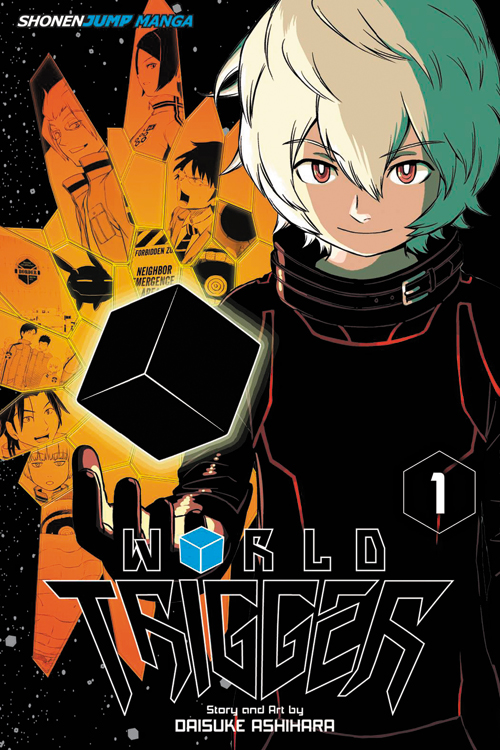 PREVIEWSworld: There seems to be a variety of opinions on what manga is. For you, what determines whether or not a comic is manga? Do you feel that it simply has to do with aesthetic and format, or is there something deeper?
PREVIEWSworld: There seems to be a variety of opinions on what manga is. For you, what determines whether or not a comic is manga? Do you feel that it simply has to do with aesthetic and format, or is there something deeper?
Hope Donovan: Manga, western comics, comics strips, some political cartoons, bande dessine — they’re all sequential art. But you know manga when you see it, even if you can’t quantify what differentiates it from other sequential art. It’s not just that it comes in that iconic 5” x 7.5” 200-page format, and it’s black and white. It’s not that it comes from Japan. There’s stylistic markers like the ones I’ve listed above and encompass speed lines and emotive backgrounds, expressiveness, rendering, pacing, visual flow, storylines and design nuances. If enough of these are present in a work, it will look and feel like manga. I didn’t mention this above, but the utilization of sound effects is an essential facet of manga. In the west, we have a few onomatopoeias, but in Japan there are multitudes! It is key that manga pages are full of them; from the gorogoro of a rolling object to jin, the sound of silence. Even a work illustrated in impeccable manga style won’t look right without sound effects everywhere. Creating a faux audio environment is just one more way manga engages its readers.
PREVIEWSworld: How did you discover manga?
Hope Donovan: The summer in high school after I’d discovered anime, a student of my mother’s lent me all his Battle Angel Alita (Omnibus Vol. 1 / JAN131197) and Ranma ½ books. I read them on the beach and got hooked — I started drawing fan art and copying the pages at Office Depot to colorize them.
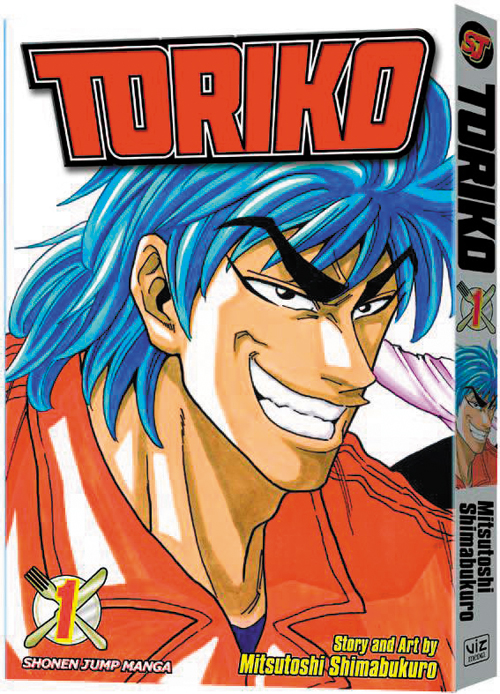 PREVIEWSworld: How did you start working professionally with manga?
PREVIEWSworld: How did you start working professionally with manga?
Hope Donovan: I started as an intern at Tokyopop in 2004. After finishing my final year of college, I was hired as a copyeditor, and then editor.
PREVIEWSworld: As a manga editor what do you do?
Hope Donovan: I take manga that has already been printed in Japan and oversee its re-publication in English. I co-ordinate the efforts of the translator, adaptor, letterer and designer throughout the process of book production... often this takes the form of sending emails and reading lots of proofs!
PREVIEWSworld: How does that differ from what a manga editor in Japan does?
Hope Donovan: Editors in Japan are caretakers of the artist and series in ways we localization editors can only dream of. In Japan, the editors scout the artists, coach them through pitches, champion their stories and then guide the story as its serialized. They’re also there to hound the artist to turn in their late work or coax them out of artist’s block. It’s a creative and business relationship rolled into one, just like editors and their teams in western comics.
PREVIEWSworld: How does a manga publisher pick what series get published?
Hope Donovan: When VIZ looks to localize a series, we keep an ear out for fan buzz, read a lot ourselves, and try to select series that we think are worthwhile. We look beyond what’s popular in Japan to consider the taste of Western audiences too.
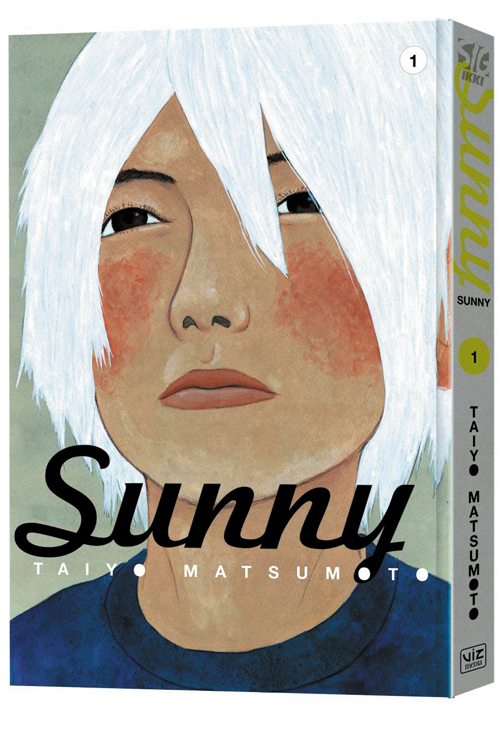 PREVIEWSworld: What kinds of manga series are you typically drawn to?
PREVIEWSworld: What kinds of manga series are you typically drawn to?
Hope Donovan: I like series where there’s no clear moral ground, like Death Note (Vol. 1 / MAR138186) or Loveless (2-in-1 Vol. 1 / JUL121271). My taste also runs toward the pulpy, so I like raunchy and absurd things like Detroit Metal City.
PREVIEWSworld: Through your years as a manga professional, what have been some of your favorite titles that you have worked on?
Hope Donovan: When you’re an editor your working experience colors a lot of your opinion. I was thrilled to edit VIZ’s 2-in-1 re-release of Ranma ½ (2-in-1 Vol. 1 / JAN141383) after being so deeply impacted by the original release… but it was really hell to work on! Ancient files had to be tracked down, and many different versions of scripts had to be combined. Series that are great that I also hope I did a good job on include Suppli, StarCraft: Frontline and Kimi ni Todoke (Vol. 2 / JUL091127).
PREVIEWSworld: What are some titles from VIZ Media that you look forward to in the coming year?
Hope Donovan: I can’t wait for Tokyo Ghoul (APR151799.) It doesn’t shy away from moral complexity or gore, so it’s a winner in my book! There’s also shojo giant Arina Tanemura’s Idol Dreams, about a career woman who’s transformed back into her high school self.




